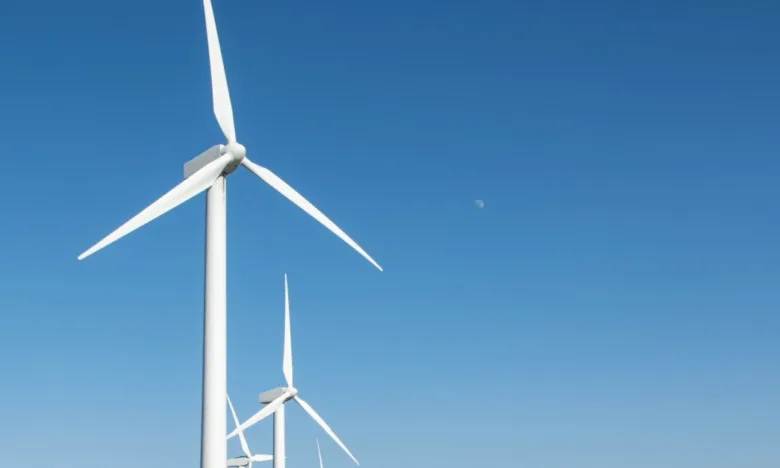
DoE Directs NEA to Lead Joint Bidding for ECs’ Renewable Supply
- June 25, 2025
The Department of Energy (DoE) has tasked the National Electrification Administration (NEA) with leading a joint competitive selection process (CSP) to help electric cooperatives (ECs) meet their obligations under the Renewable Portfolio Standards (RPS) program — a key policy aimed at boosting the country’s renewable energy (RE) adoption.
Under Department Order No. 2025-06-0008, the DoE stated: “The joint conduct of a CSP to meet the RPS requirements of ECs serves the purpose of matching available and potential RE supply with demand and providing ample leverage to ECs in terms of price by consolidating EC demand and securing a uniform rate.”
The RPS is a market-based policy under the Renewable Energy Act of 2008 that requires electricity suppliers — including ECs, distribution utilities, and retail electricity providers — to source a portion of their power from eligible renewable sources, such as biomass, solar, wind, ocean, geothermal, and small hydropower systems. From 2018 to 2022, the required share for on-grid areas remained at 1%, before increasing to 2.52% in 2023.
(Also read: Wind and Water Shortfalls Raise Questions About Renewable Resilience)
NEA to issue rules and ensure lower rates
The NEA, which supervises 121 ECs nationwide, has been instructed to issue the necessary rules, guidelines, and terms of reference for the conduct of the joint CSP. The competitive bidding mechanism requires power distributors to source electricity at the least cost. The bidding process must be launched within 15 days of the issuance of the implementing rules.
“The NEA shall facilitate the timely execution of the power supply contracts between the concerned ECs and the generation companies operating RPS-eligible facilities,” the department said. It also directed the NEA to ensure that the co-ops’ procurement decisions translate to lower electricity rates for consumers.
(Also read: The Full Price of Going Green)
Joint bidding to shield co-ops from WESM price volatility
ECs often tap additional power from the Wholesale Electricity Spot Market (WESM) — the country’s centralized electricity trading platform — when demand exceeds their contracted supply. Historically, WESM prices tend to spike above contract rates, especially during high-demand periods, such as the summer months.
By consolidating demand through joint CSPs, the DoE said ECs would be in a better position to secure stable and lower rates while ensuring alignment with their RPS compliance plans. NEA has also been tasked to supervise and monitor the co-ops’ adherence to their responsibilities under the program.
“Adequate and proper power supply contracting by ECs ensures that electricity demand is sufficiently met and protects electricity end-users from unnecessary exposure to the volatility of spot prices in the Wholesale Electricity Spot Market (WESM),” the order noted.
The government aims to increase the share of renewable energy in the power generation mix to 35% by 2030 and 50% by 2040, with the RPS serving as a central mechanism to meet these long-term energy targets.
Sources:
https://legacy.doe.gov.ph/sites/default/files/pdf/issuances/DO2025-06-0008.pdf
https://www.officialgazette.gov.ph/2008/12/16/republic-act-no-9513/
https://business.inquirer.net/530773/nea-tasked-to-help-co-ops-secure-green-energy-requirements



